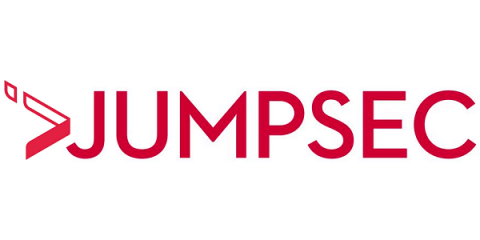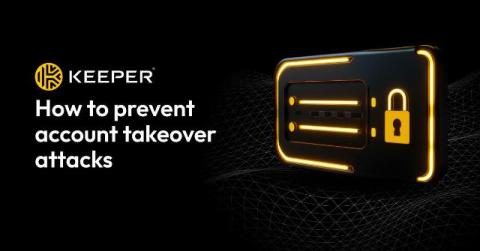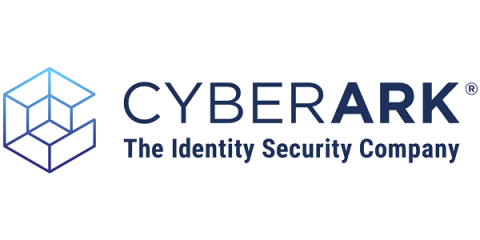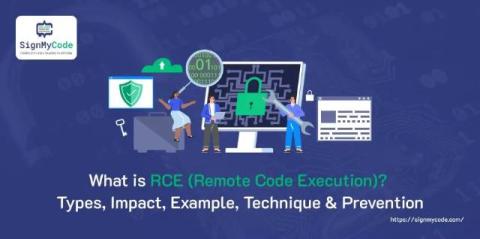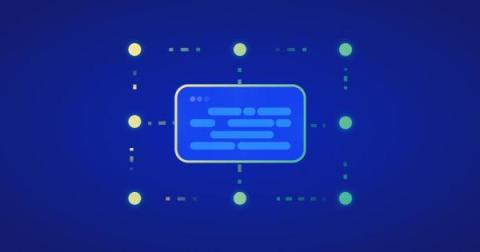Acronym Overload: From SOC to MDR and XDR
As offensive security specialists for over 10 years, we have tested countless organisations who believe their SIEM, EDR or MDR provider offers them comprehensive defense, only to find them lacking in fundamental areas. From our experience, some “traditional” in-house, yet adequately resourced, Security Operations Centres (SOCs) can still provide a robust defense, while others struggle to stay on top of emerging threats.


